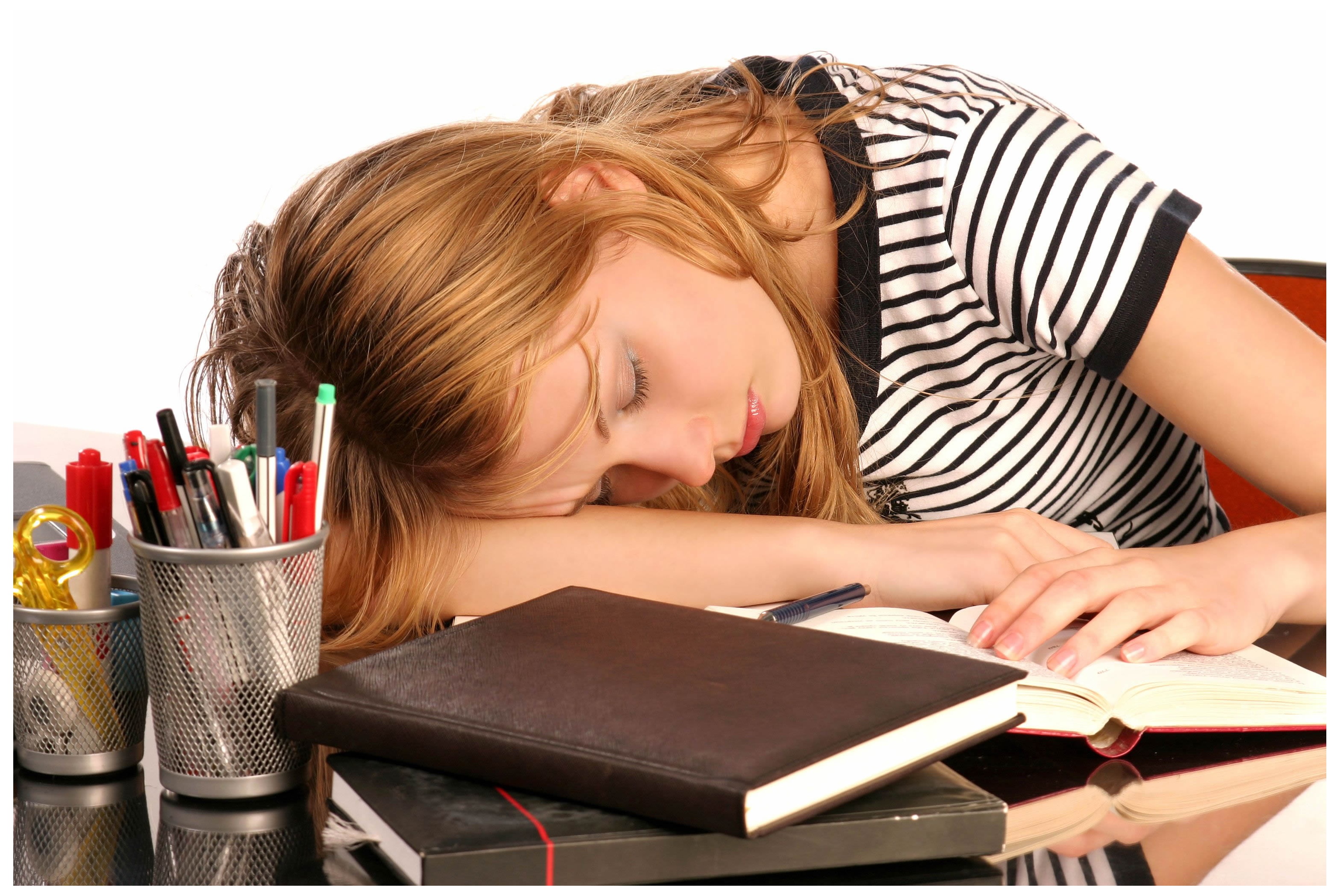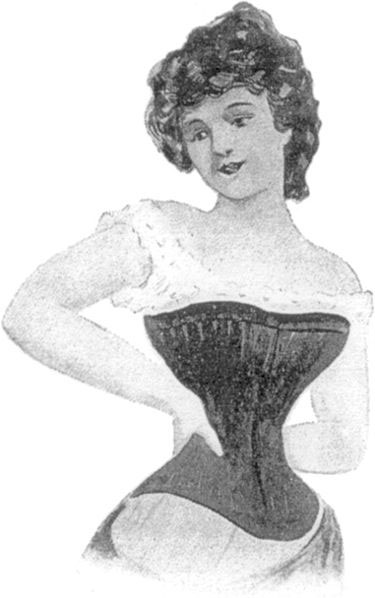As college students, we have the blessing to be able to close when we will take our classes – we wouldn’t have to wake up until 1 pm if we wanted to. However, there are the unlucky few who must get up at ungodly hours for 8 and 9 ams, as do all high school kids and middle school kids. While thinking about the half asleep college student dragging himself to his 8am, you have to wonder: can school time affect school performance?
Null Hypothesis: School times do not affect school performance
Alternative Hypothesis: School times do affect school performance

How early do most schools start?
According to Science News for Students, most schools start anywhere between 7:30 and 8:30 am. The earliest class available for Penn State, for example, is 8am. However, this means that teenager has to get up at around 5-5:30 in order to start getting ready and preparing for the day. Considering most teenagers don’t go to sleep much earlier before midnight (most wait to sleep till later as well), that leaves anywhere between 5-7 hours of sleep for the student. While that may seem like a lot (for college students it does), the recommended amount of sleep for teens is around 9 hours, so we are severely lacking
What’s the biggest problem with schools starting early?
This biggest issue is the simplest one: teens aren’t getting enough sleep. According to Science News for Kids, waking up so early causes students to lose a big part of their REM cycle – or deep sleep. Why is this important? Because it is during REM that the brain recharges and prepares for the day ahead. When REM is lost, the brain and body lacks the energy to keep focus, regulate mood swings, and can lead to mood disorders and weight gain.
Why does losing sleep affect a student’s learning?
Losing sleep can negatively impact a student’s learning because a student cannot be fully invested and class and activities without the proper amount of rest. According to School Start Time, losing sleep will cause the students to not pay attention, lose motivation, lose focus, not retain memory, and negatively affect basic cognitive ability such as making decisions, elaborating on ideas (or even remembering them), and will cause students to lose creativity and elaborate thinking processes.
How can we fix this?
According to School Start Time, when students go to bed earlier and wake up later, their grades tend to improve. Students also need to sleep the appropriate amount (again, around 9 hours) on the weekends to prepare themselves for the week ahead. Unfortunately, do to the high controversy of this matter between school boards, teachers, and the students themselves, most studies on how school times affect academic performance are either not well researched or suffer from the file drawer problem (in other words, no one bothered to publish them or make them known).
Conclusion:
While there appears to be evidence linking school start times and cognitive performance, we can neither reject or fail to reject the null hypothesis. This is because not enough research has been done on this subject, and it will take numerous, extensive studies to get a definitive answer.
However, there is enough evidence where it is logical to take reasonable steps in order to get more sleep.
As a college student who rarely gets more than 5 hours of sleep a week, I strongly recommend catching up on sleep however you can, whether it be through naps, staying in on the weekends, etc. Losing sleep is detrimental to your health and well being, so try and rest as much as you can.
Photo Source: here










